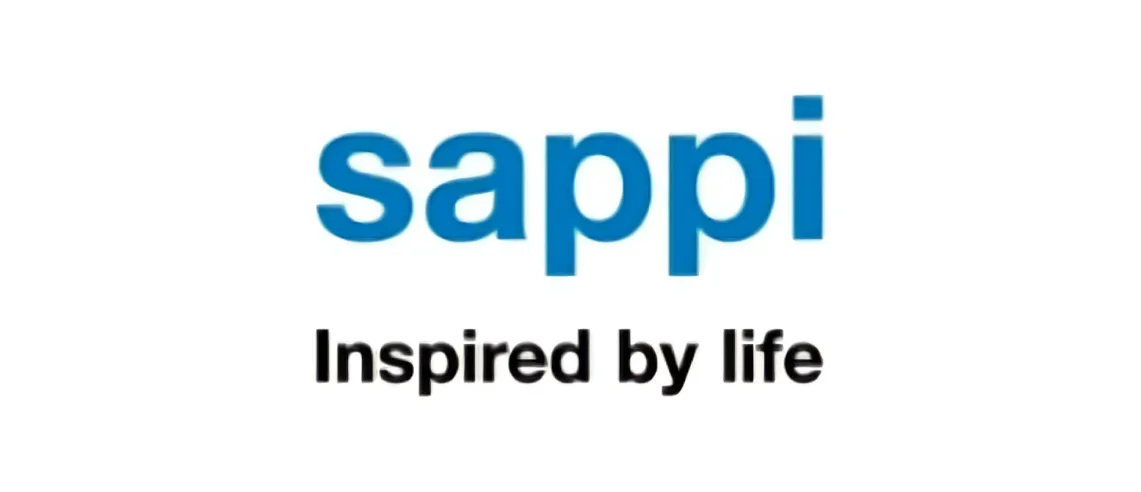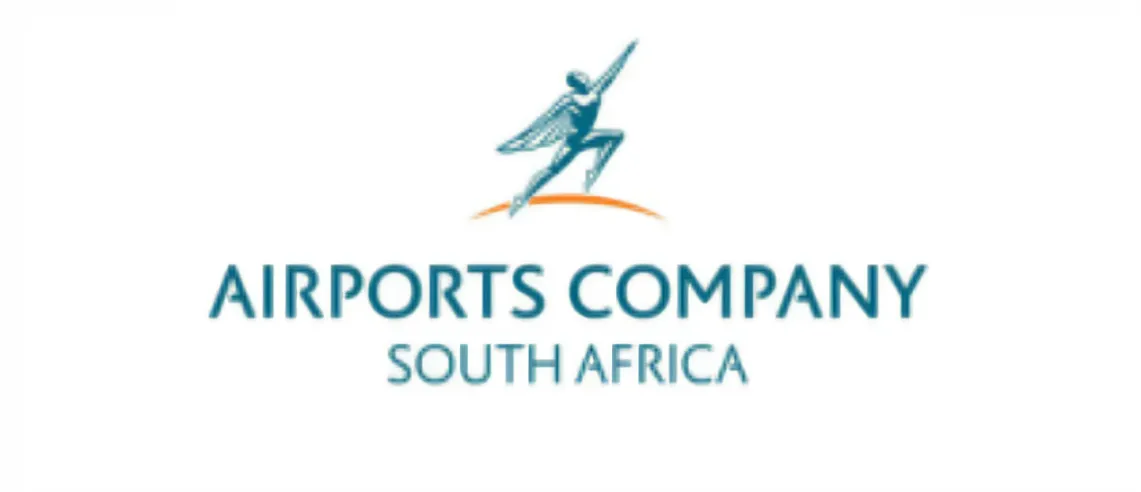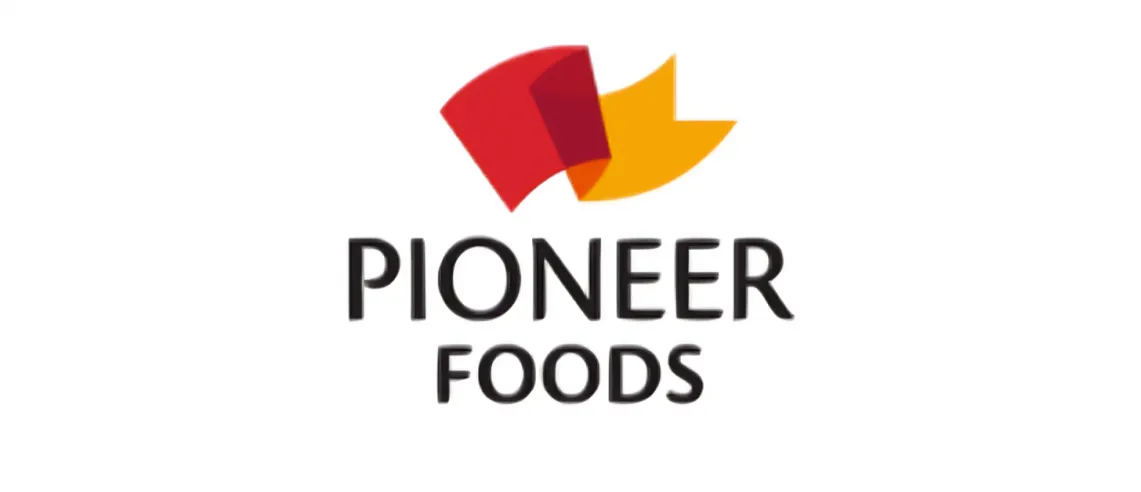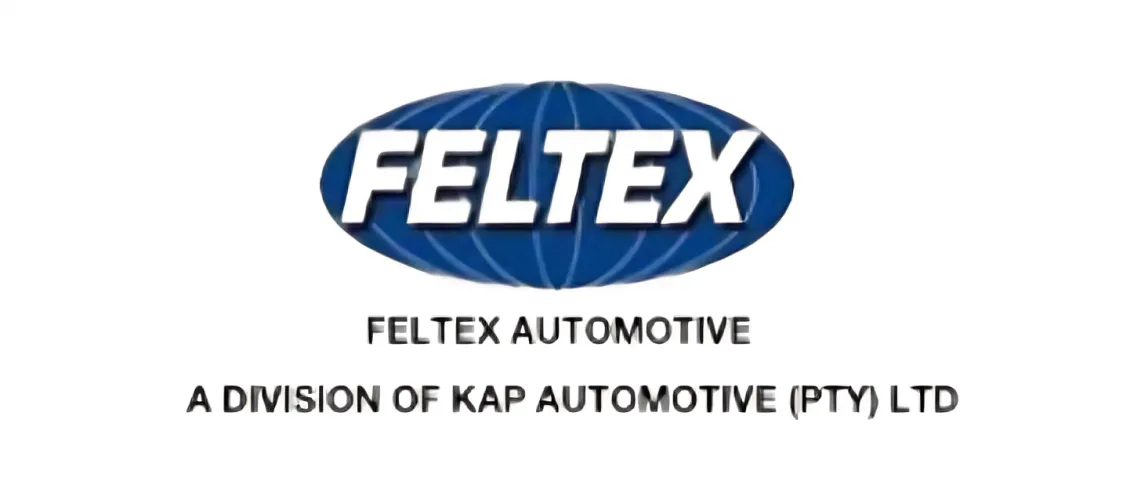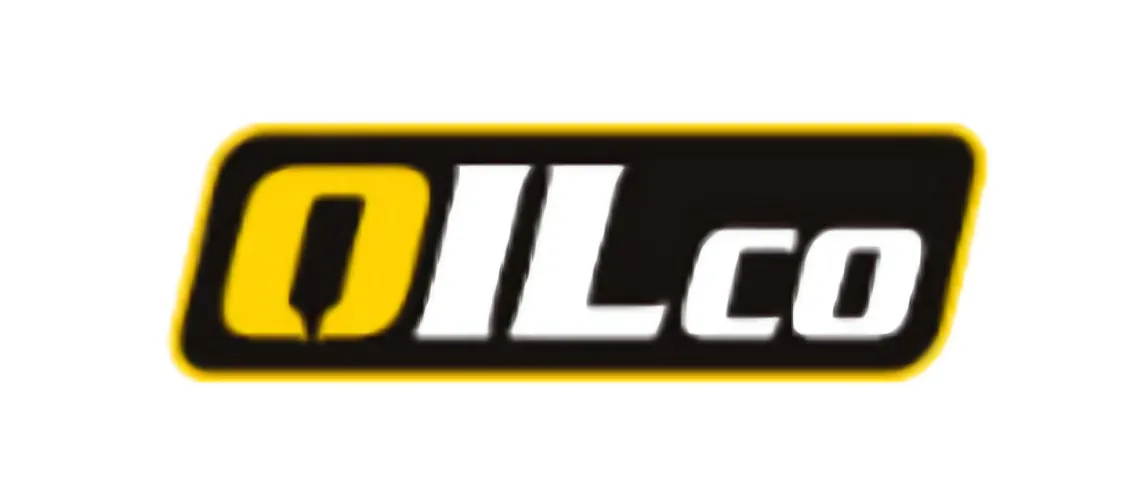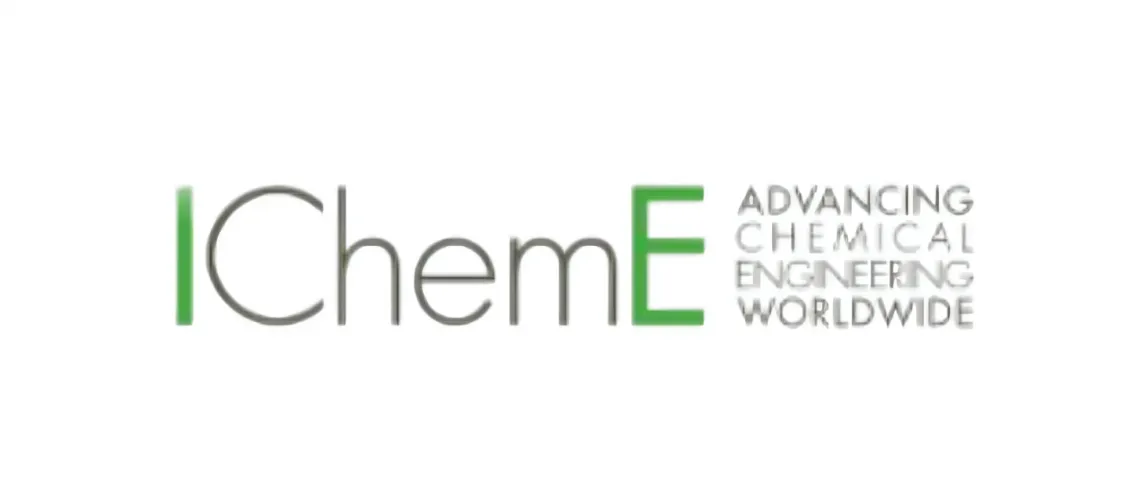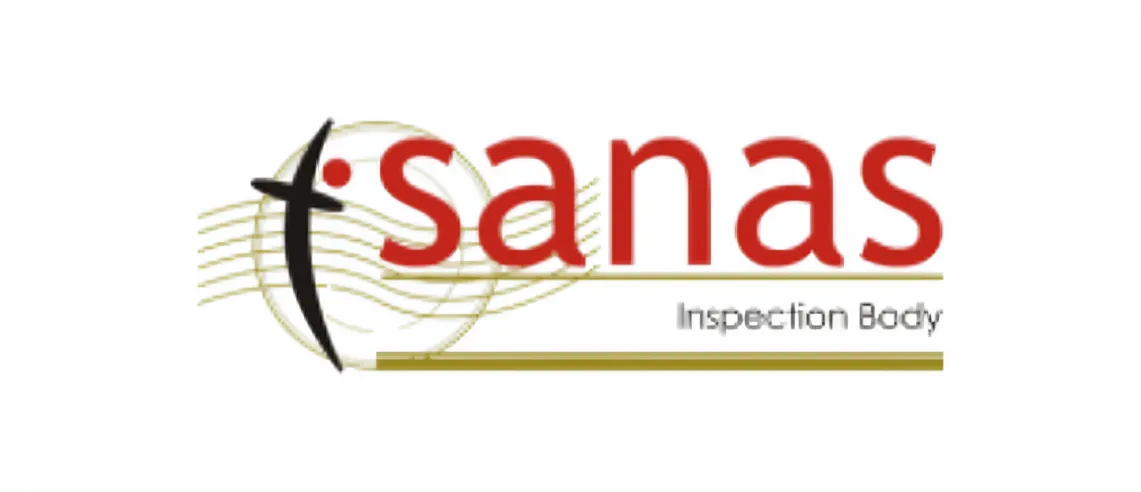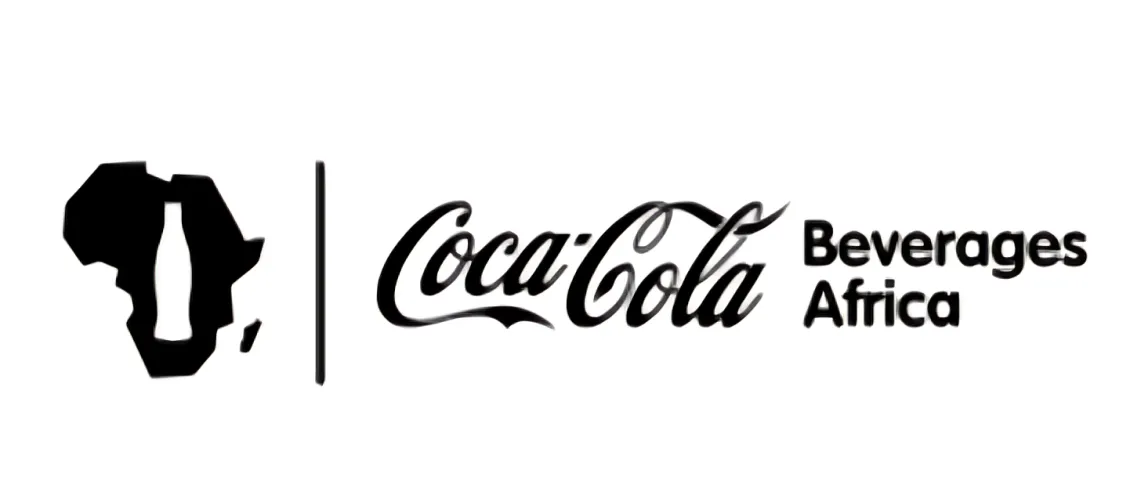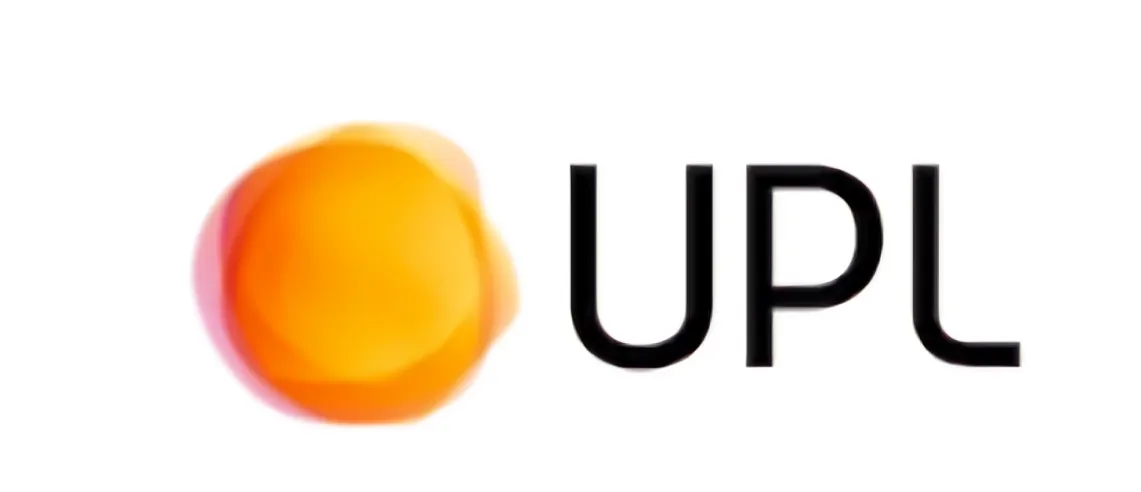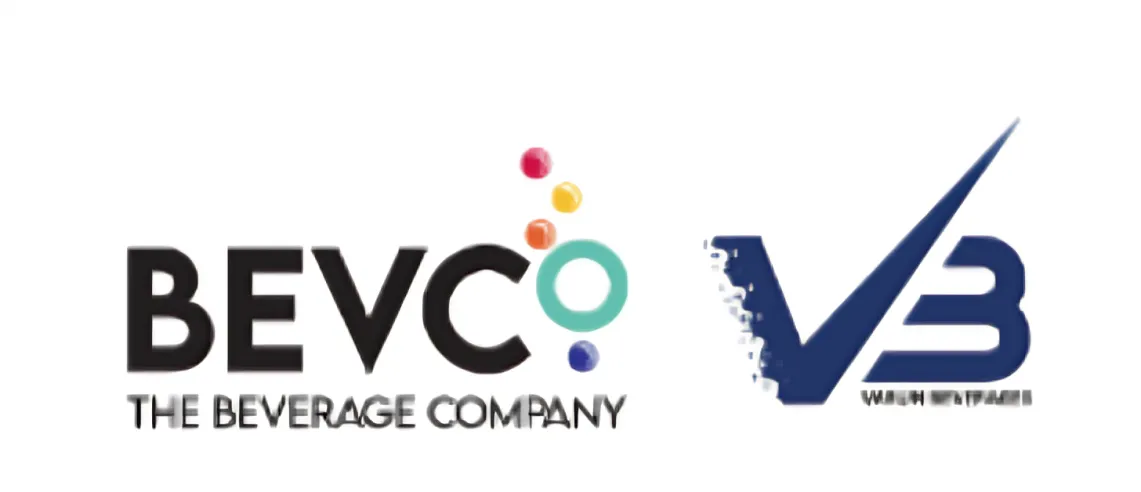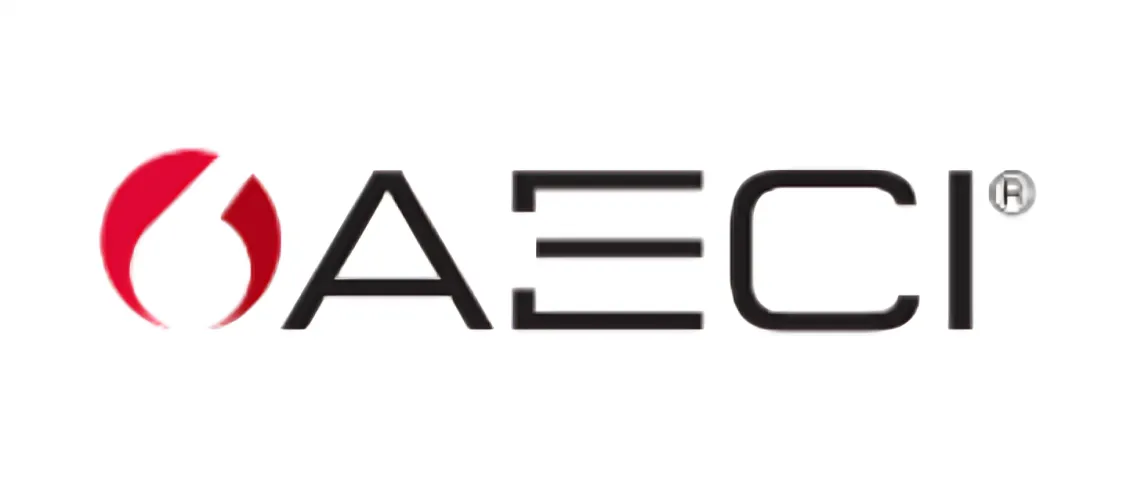Major Hazard Safety Engineers
Trusted and Certified Risk Consultants
Here at the MHI Risk Engineers, we specialize in Major Hazard Installation Risk Assessments, Emergency Preparedness, Hazard Analysis, Incident Investigation and Legal Compliance.
Experts in the Major Hazard Industry
20 Years of Experience in the Major Hazard Industry
Our aim is to provide a first-class service from our offices in KwaZulu-Natal. Our clients range from individuals and small businesses to large enterprises and international corporations.
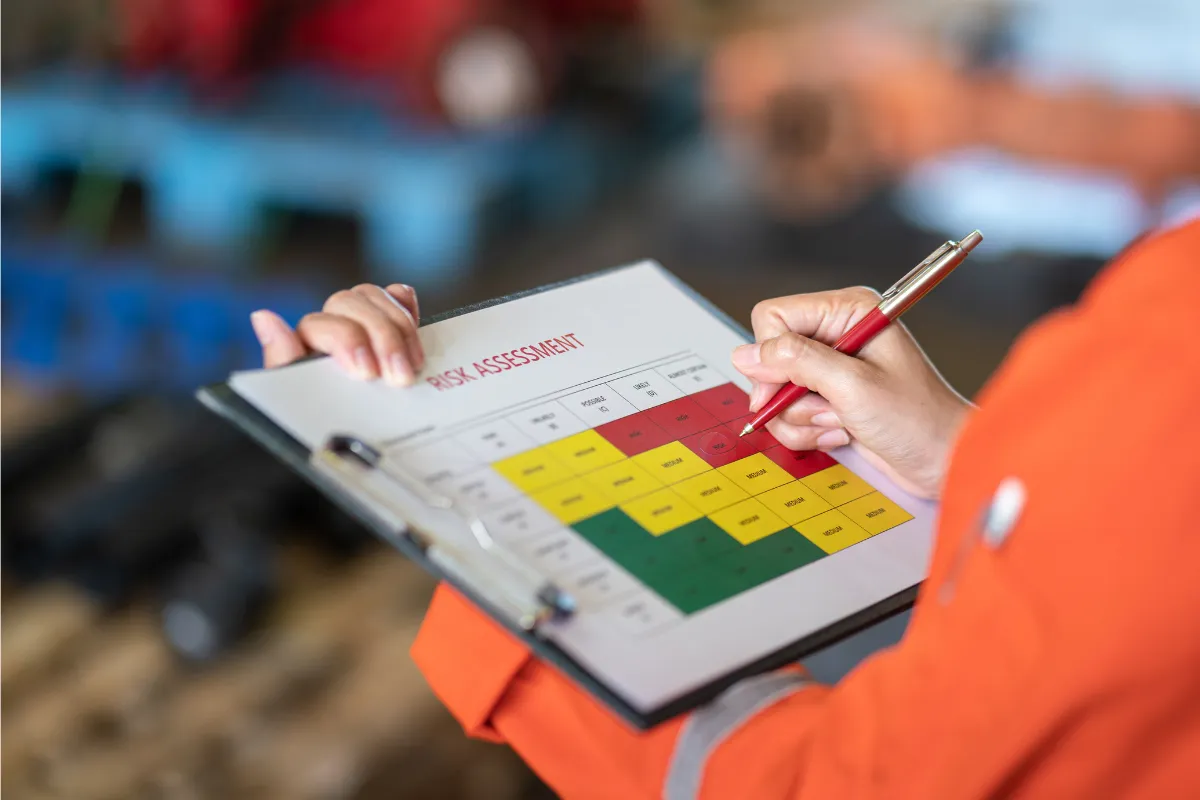
Our Services
We provide professional services for:
- Major Hazard Installation Risk Assessment (Approved Inspection Authority by Department of Employment and Labour for the MHI Regulations)
- Emergency plan development – SANS 1514 standard
- HAZOP Studies
- Process safety management system implementation
- Training of employees on
- Fundamentals of Process Safety
- Quantitative Risk Assessments
- Global Harmonised System Classification
- Hazard Analysis i.e HAZOPs, PHAs, LOPA,SIL
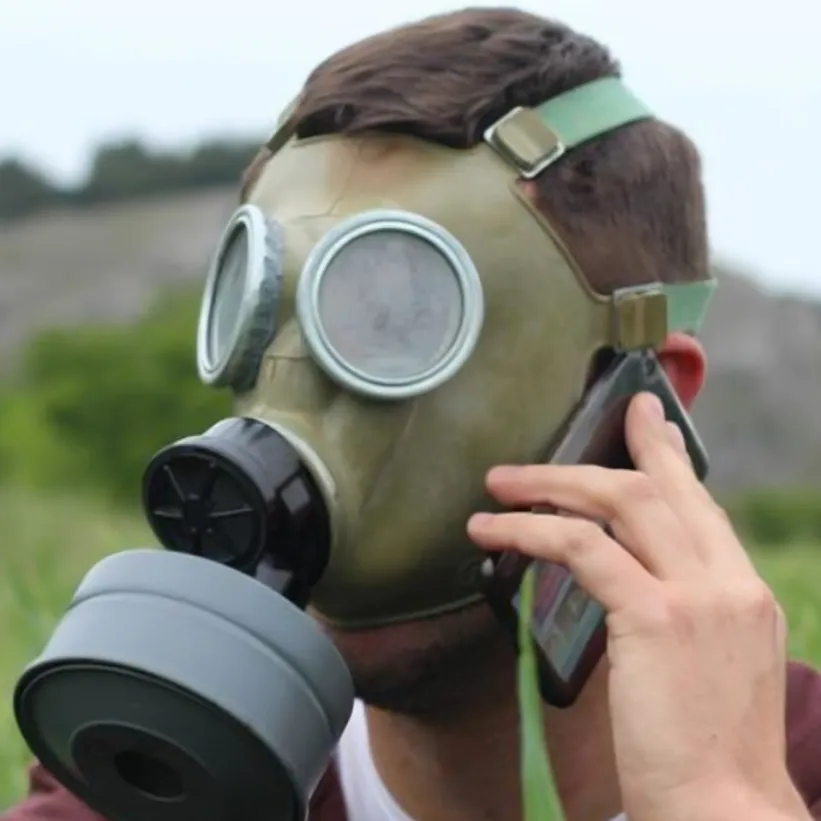
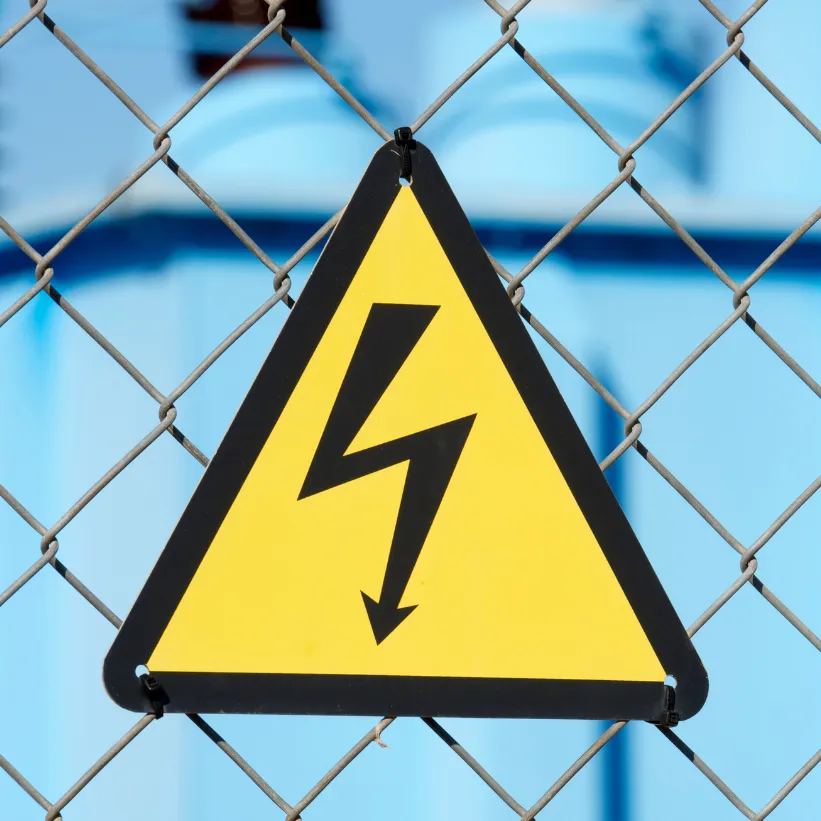
We have offices in:
- Western Cape
- Eastern Cape
- Gauteng
- Kwazulu Natal
- Limpopo
- Mpumalanga
Our Advantage
We provide a professional service to all our clients large or small. Every client is valued at MHI Risk Engineers. No job is too far or too small for our Engineers.
Our Clients
